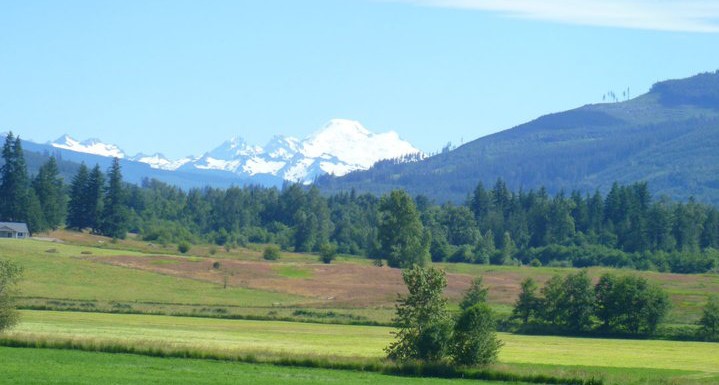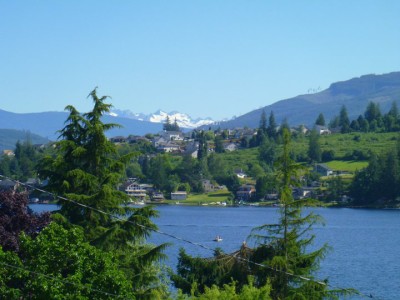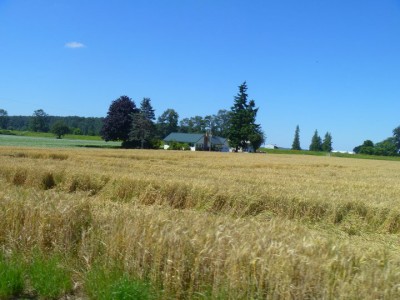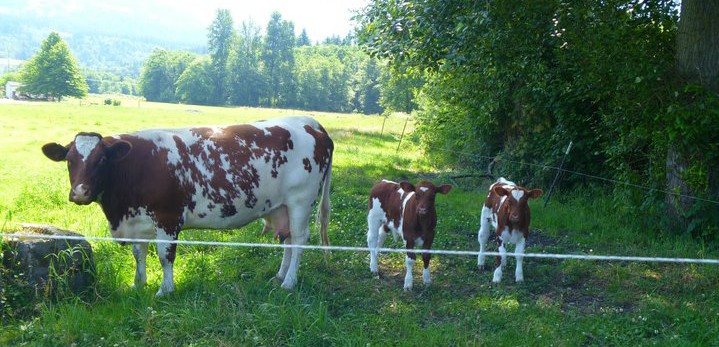A review of what will be lost, if Governor Inslee eliminates historic investments in biking and walking safety.
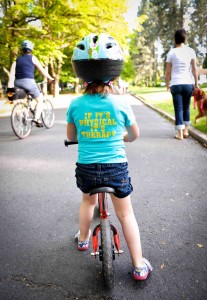 As was posted Monday, Washington Bikes is on high alert as the Governor Inslee has indicated he is considering eliminating historic investments in biking and walking. Since then, American Heart Association, American Cancer Society, Childhood Obesity Prevention Coalition, Transportation Choices Coalition, One America, and numerous local governments as well as health and mobility organizations across the state have asked Governor Inslee to not move forward on this executive action.
As was posted Monday, Washington Bikes is on high alert as the Governor Inslee has indicated he is considering eliminating historic investments in biking and walking. Since then, American Heart Association, American Cancer Society, Childhood Obesity Prevention Coalition, Transportation Choices Coalition, One America, and numerous local governments as well as health and mobility organizations across the state have asked Governor Inslee to not move forward on this executive action.
With over $235 million in direct biking and walking investments on the line, many have asked what projects are at stake. Roughly $104.5 million is identified for 25 projects statewide with the additional $130 million slated for competitive grant programs over the coming 16 years.

Governor Inslee threatens to eliminate all state Safe Routes to School funding.
These investments, if allowed to move forward, would represent a stable base of funding that — with additional federal and limited state dollars — amounts to roughly $40 million each biennium. This type of long-term funding has never occurred in Washington state and at the July 15 bill signing represented a nationally significant investment in biking and walking infrastructure.
Identified Biking & Walking Projects in the Transportation Package.
Below is the identified bike/ped project list that outlines 23 projects at $89 million. These are often regionally significant projects (and even statewide significance) that resolve real transportation issues across the state. The Burke Gilman Trail improvements at the University of Washington help a piece of transportation infrastructure that moves more people during peak hours than most roads in Washington state. The missing link of the Mountains to Sound Trail through Bellevue is another project, as is Spokane’s University District bike/ped bridge that will knit the neighborhood together.
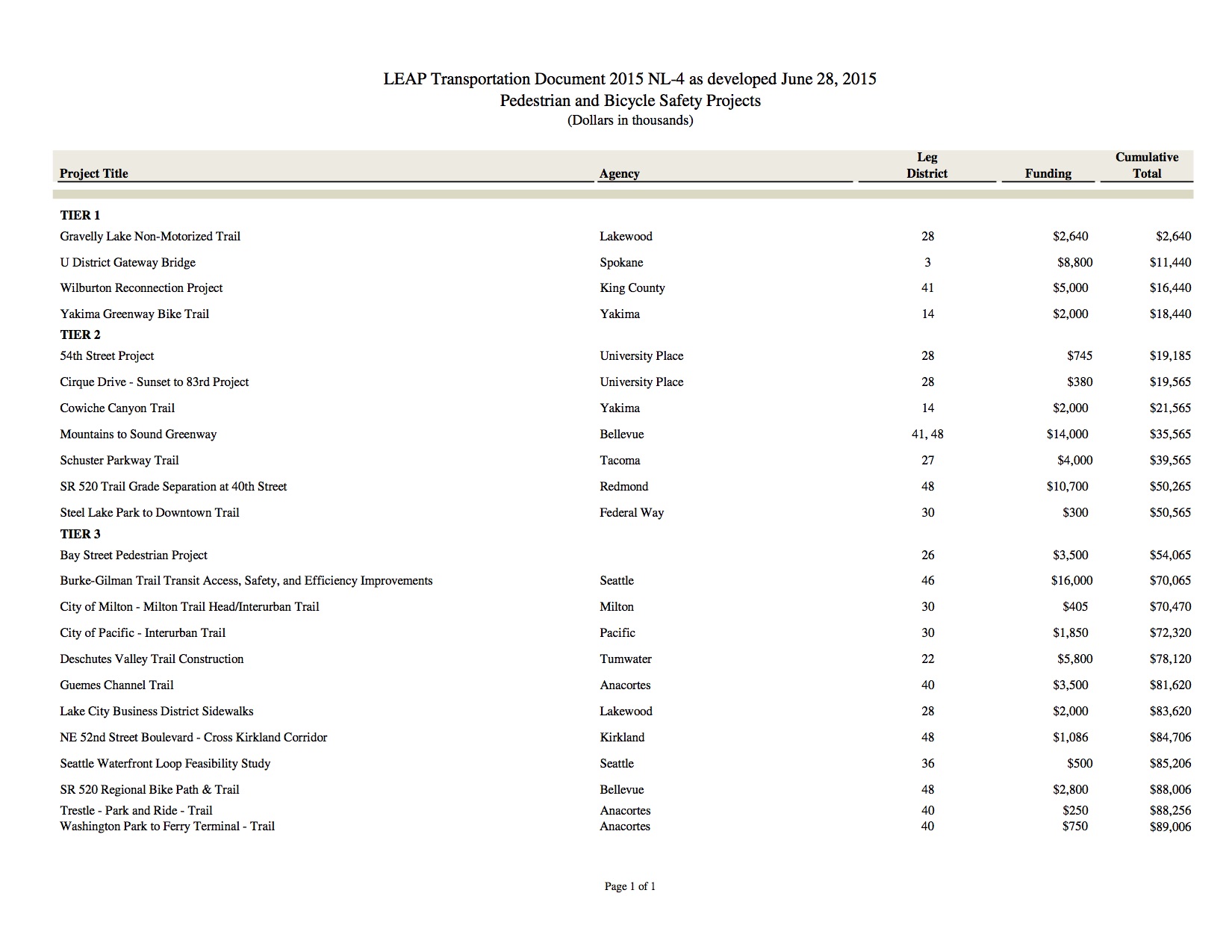
Other Critical Biking and Walking Projects
Also contained in the Transit Project List are two regionally significant projects:
- $10 million for the Northgate Light Rail Station Bicycle and Pedestrian Overpass. This project will dramatically increase ridership for Sound Transit’s light rail network, and connects an Urban Hub (Northgate) to Northgate Community College and surrounding neighborhoods
- $5.5 million for expansion of Puget Sound Bike Share to cities like Kirkland and Bellevue. This project will expand the nascent bike share program that is already looking to expand in Seattle.
Competitive Grant Programs
Also at stake for biking and walking? WSDOT’s competitive grant programs that fund critical biking, walking and school safety projects statewide:
- $56 million in Safe Routes to School funding that would (assuming past grant allocations) fund safety and wellness projects at 151 schools across the state.
- $75 million in biking and walking safety projects that would (assuming past grant allocations) fund 150 safety and mobility projects statewide.
Other Critical Mobility Grant Programs at Stake
Beyond projects and grant programs directly benefiting biking, over $400 million in competitive grants are at stake through the Transportation Improvement Board’s Complete Streets Grant Program ($106 million), as well as the WSDOT Regional Mobility ($200 million) and Rural Mobility ($110 million) grant programs. In addition to the $400 million, $200 million will go to Special Needs Transit Grants statewide. Losing the Complete Street Grant Program would be a significant blow to creating safe and economically competitive streets across the state.
Also, this assessment does not include the loss of city and county investments that could go to street maintenance and other improvements that benefit everyone.
What Can You Do?
Clearly this decision will set the course for safety and mobility for years to come. Take action now and tell Governor Inslee to protect biking and walking safety investments.
If you’re on Twitter, after you complete the form use our Twitter tools below to highlight the project that matters most to you and ask others to take action. Remember — your town may have a project not listed here that would be eligible for future funding IF you take action and help fight for it now.
[Tweet “Act now to save historic investments in bike/walk safety & connection now/in future. #WAtranspo”]
[Tweet “ZERO in #SafeRoutes $$ #ForWAKids for 16 years? If @GovInslee signs exec order. Tell him no. http://t.co/Jl0QLxTenk http://t.co/VNVVsyHph1 “]
[Tweet “SAVE $4.5M for Anacortes #GuemesChannelTrail. Safe biking/walking, @wsferries access http://t.co/gBNIQnXxQA http://t.co/mk8Wj8PfuL “]
[Tweet “Tell @GovInslee SAVE $14M for @MTSGreenway Mountains to Sound Greenway #Bellevue gap http://ow.ly/Q1a2U “]
[Tweet “Tell @GovInslee to SAVE $1+M for #CrossKirklandCorridor! Take action here: http://t.co/yYEg6Ri466 http://t.co/SNmEc5mtWH”]
[Tweet “Tell @GovInslee $2.6M for Gravelly Lake Trail in Lakewood matters! http://ow.ly/Q1bMN “]
[Tweet “Ask @GovInslee to SAVE $405K for #Milton #InterurbanSouth. Take action here! http://t.co/1VWYCMR4BJ #Milton #WA http://t.co/L3pIf988Tw “]
[Tweet “Tell @GovInslee to SAVE $1.85M for #nterurbanSouth Trail in #Pacific! http://t.co/HVzILFKYzN “]
[Tweet “$3.5M for Mosquito Fleet Trail waterfront in Port Orchard at risk. Tell @GovInslee save it! http://t.co/7XNuG2EwBx http://t.co/RnpePzo9ae “]
[Tweet “Tell @GovInslee SAVE $2.8M for #SR520 #Bellevue connection! http://t.co/xIgeE66Fhg http://t.co/FgZPALRZeg”]
[Tweet “Tell @GovInslee $5M for Wilburton Reconnection critical to #EastsideRailCorridor http://t.co/zHkavVuVIF #trails http://t.co/Qcf2uLSZVm “]
[Tweet “#SR520 #Redmond 40th St safety project. Tell @GovInslee SAVE $10.7M! http://t.co/xIgeE66Fhg http://t.co/3iUs9P1IFU”]
[Tweet “Tell @GovInslee SAVE funding for #burkegilmantrail improvements. Act now: http://t.co/WQ9RGdINi0 @burkegilmantrl http://t.co/yTTPO60HQT”]
[Tweet “Let @GovInslee know you care about $8.8M for Spokane U District Gateway Bridge http://ow.ly/Q1bHn http://t.co/lMT3Y2PAmr #bikeSPO “]
[Tweet “Ask @GovInslee to SAVE $4M for Schuster Parkway Trail in Tacoma: http://ow.ly/Q19Wz http://t.co/adGe0irhmh #bike253”]
[Tweet “Ask @GovInslee to protect funds for #DeschutesValleyTrail in Tumwater. Take action! http://t.co/BADconOL4Z http://t.co/DlapZhNaHo”]
[Tweet ” Tell @GovInslee #UniversityPlace #WA needs $1.1M for its bike/walk safety projects! http://ow.ly/Q1aDC “]
[Tweet “Tell @GovInslee to SAVE $2M for beautiful Cowiche Canyon Trail in #Yakima http://t.co/KDO9Wjg1Dr http://t.co/Z5paGwfmBJ #bikeYAK #trails”]
[Tweet “Tell @GovInslee SAVE $2M for Yakima Greenway Trail! http://ow.ly/Q1aGV http://t.co/PjFCKVTbud #bikeYAK”]

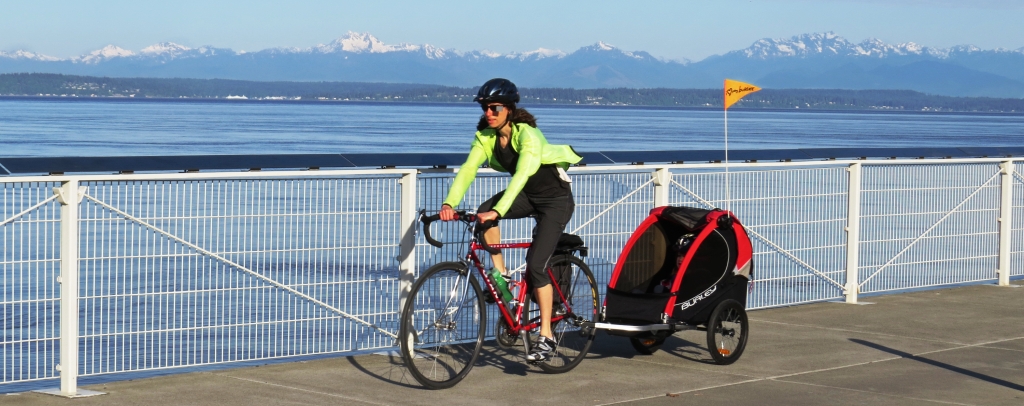
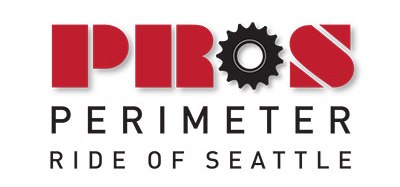
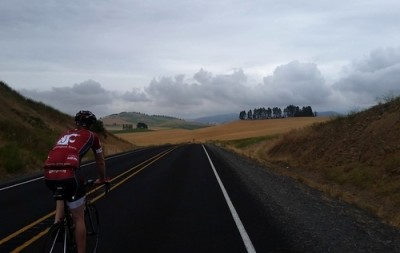
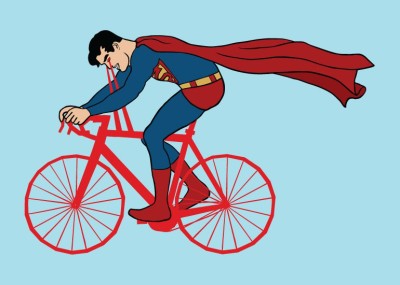 You know one. You may even be one. An Everyday Superhero of Bicycling who works to make the world a better place for bicycling, that is.
You know one. You may even be one. An Everyday Superhero of Bicycling who works to make the world a better place for bicycling, that is.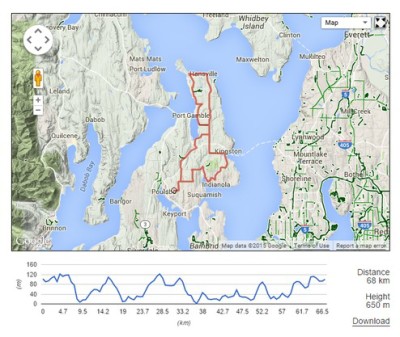
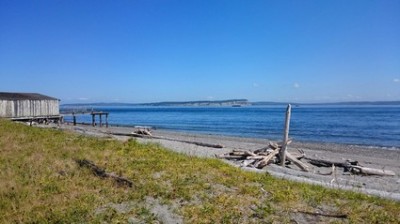
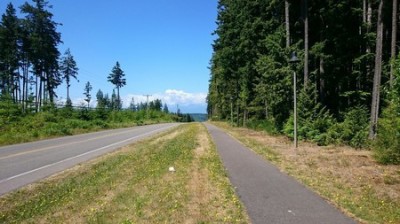
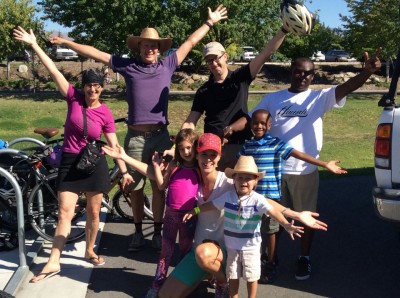
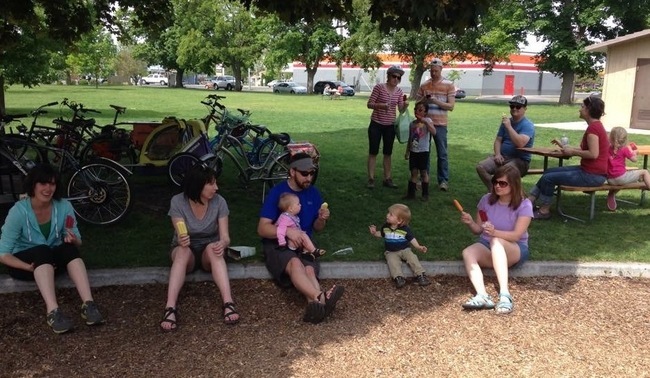
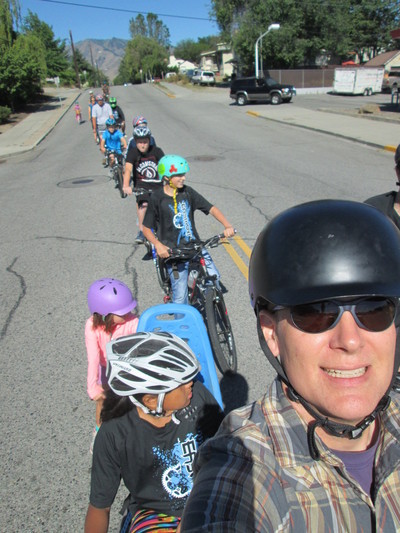
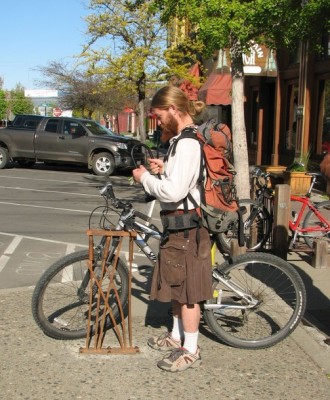
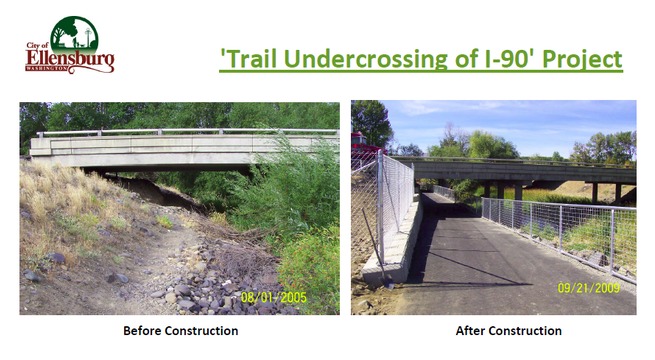
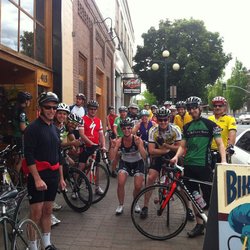
 Today, Governor Jay Inslee
Today, Governor Jay Inslee 

